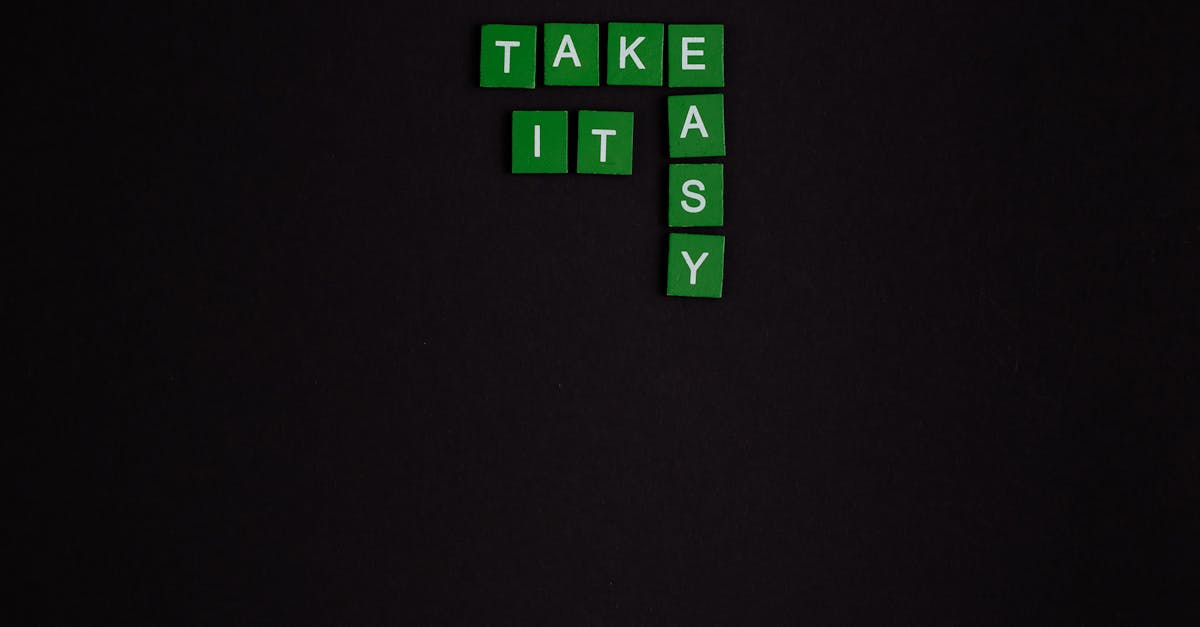
Ways of saying you're welcome in Spanish?
Since no one likes to be thanked with a bunch of so-so words, you can express your gratitude in a more sincere and genuine manner by using expressions such as agradecido or en gratitud de corazón (since you feel great when being grateful).
Or, if you’re planning on sending a gift to a friend or family member who has gone out of their way to help you out, say gracias de corazón (since you feel great when being grateful When you don’t know how to express your appreciation to someone in spanish it can be hard to sound sincere.
You may feel like you’re just making things worse. But the fact is, it’s not always easy to express yourself in another language, especially when you’re not used to it. Fortunately, there are ways of showing your appreciation in Spanish that are easy to understand and that will hopefully make the other person feel comfortable.
If you want to say you’re welcome in Spanish, you can simply say gracias (since you feel great when being grateful). If you want to express your gratitude for a meal that you’ve been served, you can say gracias a Dios por este sabor (since you feel great when being grateful for God’s gifts).
If you want to say you’re welcome in Spanish to a host who is opening up their home to you, you
Ways to say you're welcome in Latin?
Of course, it’s not always easy to express your appreciation But one way to show that you’re very grateful is to say “Gracias”. It’s simple and easy to say, and it comes in handy when you’re trying to express your appreciation in a conversation.
You can also add an “u” sound at the end of the word, making it “Gracias”. The most common way to say “you’re welcome” in Spanish is agradecer, which is a simple and straightforward way to express gratitude. You can use agradecer when someone helps you with something, like when you get help from a waiter at a restaurant or a shop clerk.
Or you can use it when someone does something nice for you, like when you receive a gift from someone. One way you can say “you’re welcome” in Latin is agradecer. This is particularly common when someone helps you with something you need.
For example, a waiter might say “gracias” to you when you thank them for bringing you the check or your food. Another example of using agradecer is when someone gives you a book as a gift and you say “gracias” to them.
You can also use agradecer when
How to say thank you in Spanish?
To express your appreciation for the help you received, use the verbs agradecer or gracias. Addressing the person directly is also very common: “Muchas gracias a ti por ayudarme” or “Muchas gracias por tu ayuda.” The most common way to express your appreciation is to use the verb agradecer, which means to express gratitude to someone for a gift or a service.
If you want to express your gratitude in person, you can say gracias or muchas gracias, both of which are the same but mean different things. Gracias means “thank you” in a casual setting, while muchas gracias is reserved for more formal occasions.
To say “thank you” in Spanish, use the verb agradecer. If you want to express your appreciation to more than one person, use the plural: agradecimos or agradecemos. If you want to thank a group of people, use the plural: agradecemos.
Ways to say you're welcome in Spanish?
Like many languages, Spanish has a variety of ways to express “thank you” and “you’re welcome”. If you want to say “it’s nice to meet you”, you can use the verb ser, which means “to be”.
If you want to express appreciation for someone’s effort, you can use the verb agradecer which can mean both “to thank” and “to appreciate� The phrase "De nada" is one of the most commonly used ways to express "I don’t care" or "it’s no big deal" in Spanish, and when used with sincere appreciation, it can be incredibly warm and welcoming. Of course, if someone says "De nada" to you, it doesn’t mean they don’t care—it simply means they don’t care about the details.
People often use this phrase when they don’t Sometimes, you just want to say “see you later” to let someone know you’re going. You could say “adiós”, but that has a more formal ring to it. Instead, you can use the phrase “Cuidate!” which means “take care” or “goodbye”.
If you want to be a bit more formal, you can use the phrase “Adios”, which means “goodbye”
How to say you're welcome in Spanish?
To express your heartfelt gratitude or appreciation, you can use the following expressions: Gracias (thank you), De nada (it’s nothing), De corazón (from the heart), Mucho Gusto (I really like it), Mucho Carino (how cute is that), Mucho Gusto en conocerte (I really like getting to know you).
If you want to say “Gracias” to someone in Spanish, the most common way is to say: “¡De nada!” or “Sin problema!” If you want to say “Gracias” to a waiter, you might try: “Muchas gracias” or “Muchísimas gracias.
” For a taxi driver, you might say: “Muchas gracias To express your heartfelt gratitude to someone, you can use the following phrases: Mucho gusto en conocerte (I really like getting to know you). If you want to say “Welcome!” to someone, you might try: “Mucho gusto en conocerte.
”






